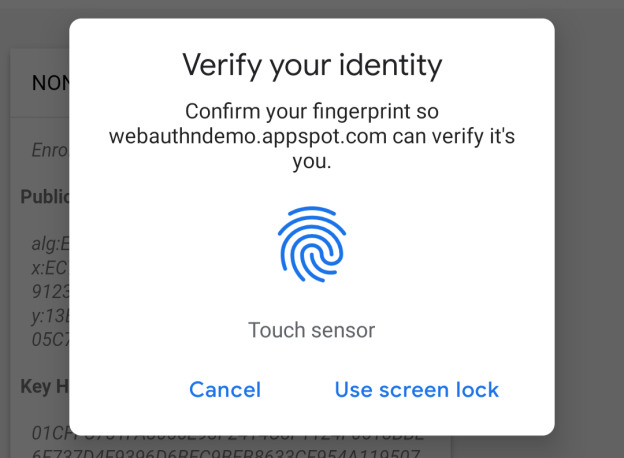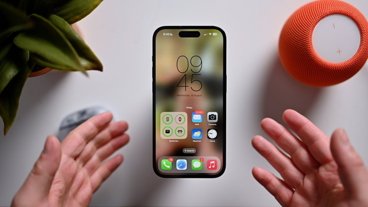Chrome 70 will support MacBook Pro's Touch ID for website authentication
MacBook Pro users will soon be able to take advantage of Touch ID to authenticate themselves with websites in Chrome, with version 70 of Google's web browser adding support for fingerprint readers in macOS, among other features.
In a blog post about features arriving as part of Chrome 70, the Chromium Blog highlights a number of changes arriving in the browser. Chrome 70 was introduced in beta on Thursday, and is anticipated to be released in mid-October.
As part of two updates for the Web Authentication API, relating to the use of the "PublicKeyCredential," Chrome 70 will enable the ability to use Touch ID as biometric authentication for websites. An image depicting an example prompt for users to verify their identity mentions the use of a "Touch sensor," as well as options to cancel authentication or to "Use screen lock."
The other update to the Web Authentication API adds PublicKeyCredential as a third credential type, alongside PasswordCredential and FederatedCredential, enabling the biometric authentication and other methods supported by PublicKeyCredential. This will also be enabled by default on macOS.
A trial of "Shape Detection Origin" will enable a device's shape detection capabilities to be used on websites, through the use of three APIs for face detection, barcode detection, and text detection. The function will allow the browser to use a device's existing functions to analyze or capture these three types of data from within the browser, with the post noting the use of local resources avoids the use of a "performance-killing library."
Chrome 70 will also automatically exit a full screen mode when a page shows a dialog box, with the forced switch back to a windowed mode said to pull users from the more immersive mode when a decision needs to be made.
TLS 1.3, an updated version of the TLS protocol to encrypt communications between computers, will be included, sporting a "simpler, less error-prone design" with claimed improvements to efficiency and security. The new version will reduce the number of "round trips" required to establish an encrypted connection, removes insecure legacy options, encrypts more of the handshake element, and makes the resumption mode more resilient to key-based compromises.
 Malcolm Owen
Malcolm Owen











 Andrew Orr
Andrew Orr
 Sponsored Content
Sponsored Content


 William Gallagher
William Gallagher

 Mike Wuerthele
Mike Wuerthele
 Christine McKee
Christine McKee






